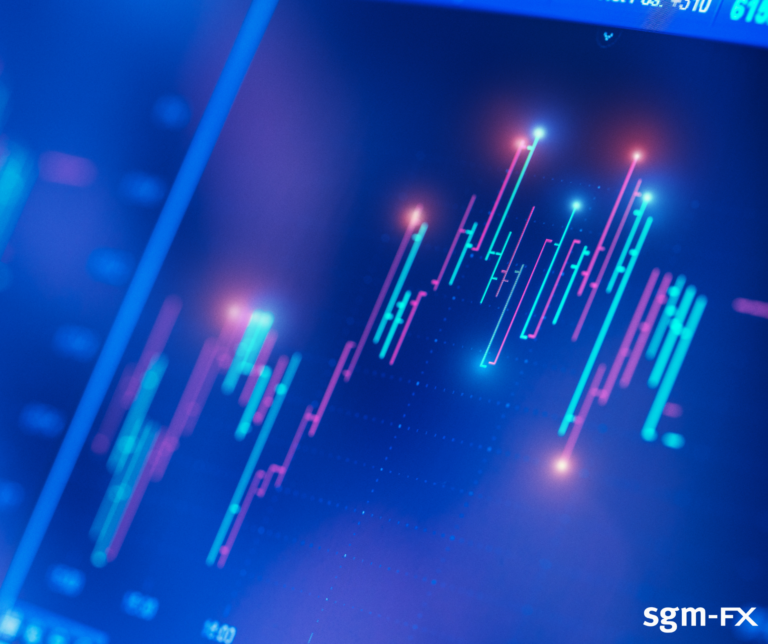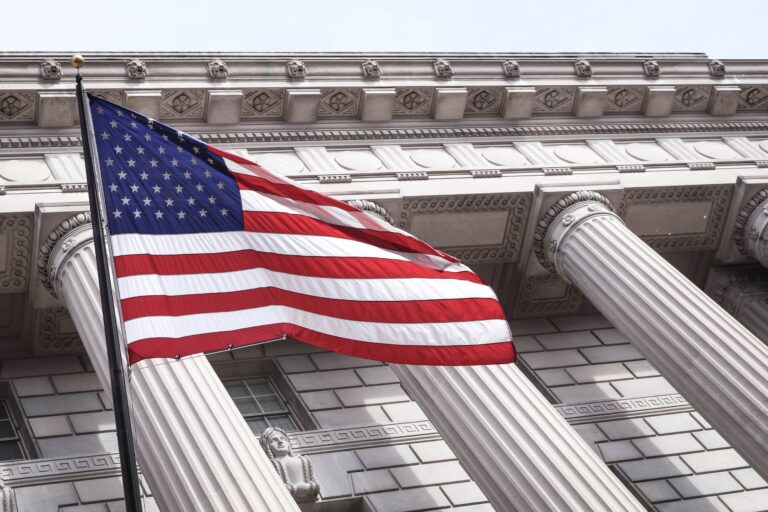
Morning Brief – Don’t hold your breath
The scenario in which the Federal Reserve Bank in the United States forecasts no interest rate hikes for the best part of half a decade and the market interprets that as mildly hawkish and buys the US Dollar might seem fairly alien. It might seem so because it is! Overnight the Fed updated their forward guidance to show how the central bank expects to achieve its new inflation target averaging 2%. The results? The Fed is committed and expecting the cost of borrowing money to stay between 0 and 0.25% until 2024. Despite the comments longer dated treasuries sold off, raising the yield on those instruments. Here’s why.
Despite having thrown the kitchen sink at the Fed’s attempt to calm US financial markets and stabilise inflation and growth, the market was still expecting more. There was building consensus that the Federal Reserve would need to employ yield curve control and expand the asset purchase program to achieve their average inflation target. Instead the Reserve made no change to the $120bn monthly bond buying program. More importantly, Jay Powell continued to pay homage to the dry powder the Reserve holds without dipping his hand into the cookie jar and sharing any crumbs with the market. “We do have lots of tools. We’ve got the lending tools. We’ve got the balance sheet. We’ve got further forward guidance. There’s still plenty more that we can do”, the Chairman said. As it became apparent that these tools would not be deployed, it was also clear that monetary conditions this morning would be tighter than the market might have expected them to be following the decision.
In response to the lack of additional policy response yields rose across the board in the US attracting some demand for the Dollar. There was also an element of short covering to stabilise the market’s short Dollar positioning as the Fed put seems increasingly over played in the short run. Here’s how US policy stands today and the rule book that the Fed has written for itself to manage the pandemic recovery. Interest rates will not rise until the US economy restores full employment, and the 2% target is “moderately exceeded… for some time”. Members of the FOMC put a date on those words of at least 2024. The bleak assessment of the global economy and the more resilient growth forecast for the US economy for 2020 also helped the Dollar find support in the Asian and early European sessions.
Following the ECB last week, the US Fed and the Bank of Japan overnight, the Bank of England will offer its latest monetary policy decision today. Much like the three major central banks that have preceded its decision, the BoE is expected to keep already accommodative policy unchanged. Any change to the policy statement offering clues of further steps later in the year will be closely watched.
Discussion and Analysis by Charles Porter

Click Here to Subscribe to the SGM-FX Newsletter
Related Insights

Daily Brief – Volatility on offer
Volatility on offer As we approach year end, traded ranges have remained relatively narrow despite significant macroeconomic themes developing. Looking ahead beyond year end, we note the options market continues to severely underprice volatility versus historical standards. Within such an environment, broader risk appetite remains constructive. As a result, the carry trade has continued its […]

Daily Brief – One in three
One in three Until recently, the market had held the probability of a rate cut at the Bank of England’s November meeting at near zero. Above-target inflation and insufficient evidence of faltering economic growth alone suggested the BoE would continue to adopt a wait and see approach. Combine that with the uncertainty of the UK […]

Daily Brief – Just in time?
Just in time? As we wrote yesterday, the latest US government shut down has become the longest in history. The impact upon sentiment and consumption is sure to have been significant but it is too early to identify from the data just how much damage was done. Thanks to the eight democrats who have broken […]



 Charles Porter
Charles Porter